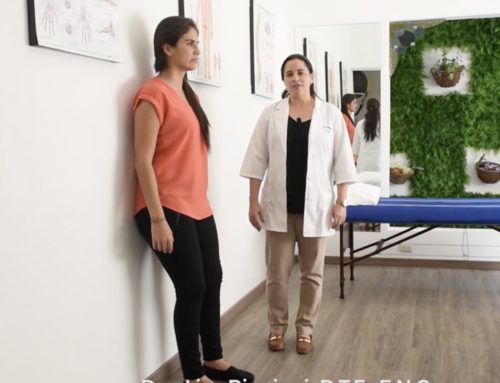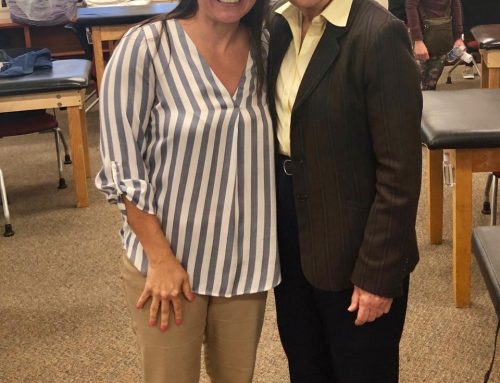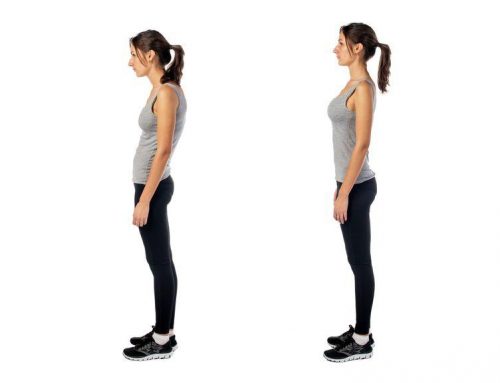Reflexology
   What is reflexology?
Reflexology is the holistic understanding, study and practice of treating points and areas in the feet and hands that relate to corresponding parts of the body. Using precise hand and finger techniques, a reflexologist may improve circulation, induce relaxation and enable homeostasis. This encourages the person’s own healing systems to be activated to maintain wellbeing.
Reflexology is a gentle healing art which ddates back to ancient Egypt and China. An indication that even then the benefits of this therapy were strongly acknowledged can be seen in Egyptian tomb art work dating from around 2000BC. This depicts a scene of the giving and receiving of foot massage.
Reflexology is a complementary therapy, which works on the feet to assist in restoring homeostasis to the whole person not just the prevailing symptoms.
Who can benefit from reflexology?
Reflexology is suitable for all ages and may bring relief from a wide range of acute and chronic conditions. After you have completed a course of reflexology treatment for a specific condition, many people find it beneficial to continue with regular treatments in order to maintain health and well-being.
While many people use reflexology as a way of relaxing the mind and body and counteracting stress, at the same time many doctors, consultants and other health care professionals recognise reflexology as a well established, respected and effective therapy.
With ever increasing levels of stress, it is important people take more responsibility for their own health care needs. Reflexology helps us to cope on a physical, mental and emotional level thereby encouraging us to heal and maintain health in all areas of our lives.
Consultation:
On the first visit, the reflexology practitioner will conduct a full personal consultation. This will take into condideration your past and present health and lifestyle. The consultation enables the treatment to be tailored to your specific needs.
In some instances it may be necessary to gain your doctors permission before treatment can commence.
All this will be discussed on a confidential basis with your chosen practitioner.
The Reflexology Treatment:
A reflexology treatment lasts for approximately one hour. As it is the feet which are generally treated you simply remove your socks and shoes. You will be invited to sit or lie on a comfortable treatment chair or couch.
The reflexologist will then use their hands to apply precise pressure techniques to the feet treating specific points which correspond to all organs and systems of the body.
Following treatment, any significant findings will be discussed with you. As the effects of reflexology are cumulative, many people find it beneficial to continue with regular treatments.
 How will I feel after a reflexology treatment?
In order to gain maximum benefit from your reflexology tratment try to rest and take things easy as this helps to boost the body’s natural healing abilities. increasing the amount of water thta you drink can help to flush the toxins out of your system thereby aiding the detoxifying process
Just listen to your body and put aside time to relax.
After one or two treatments your body may respond in a very definite way. Most people note a sense of well-being and relaxation; sometimes people report feeling lethargic, nauseous or tearful, but this is transitory and is a part of the healing process.
This is vital information to feed back to the reflexologist as it shows how your body is responding to treatment. This will help the reflexologist to tailor a treatment plan specific to your needs.
To obtain full text:
   What is reflexology?
Reflexology is the holistic understanding, study and practice of treating points and areas in the feet and hands that relate to corresponding parts of the body. Using precise hand and finger techniques, a reflexologist may improve circulation, induce relaxation and enable homeostasis. This encourages the person’s own healing systems to be activated to maintain wellbeing.
Reflexology is a gentle healing art which ddates back to ancient Egypt and China. An indication that even then the benefits of this therapy were strongly acknowledged can be seen in Egyptian tomb art work dating from around 2000BC. This depicts a scene of the giving and receiving of foot massage.
Reflexology is a complementary therapy, which works on the feet to assist in restoring homeostasis to the whole person not just the prevailing symptoms.
Who can benefit from reflexology?
Reflexology is suitable for all ages and may bring relief from a wide range of acute and chronic conditions. After you have completed a course of reflexology treatment for a specific condition, many people find it beneficial to continue with regular treatments in order to maintain health and well-being.
While many people use reflexology as a way of relaxing the mind and body and counteracting stress, at the same time many doctors, consultants and other health care professionals recognise reflexology as a well established, respected and effective therapy.
With ever increasing levels of stress, it is important people take more responsibility for their own health care needs. Reflexology helps us to cope on a physical, mental and emotional level thereby encouraging us to heal and maintain health in all areas of our lives.
Consultation:
On the first visit, the reflexology practitioner will conduct a full personal consultation. This will take into condideration your past and present health and lifestyle. The consultation enables the treatment to be tailored to your specific needs.
In some instances it may be necessary to gain your doctors permission before treatment can commence.
All this will be discussed on a confidential basis with your chosen practitioner.
The Reflexology Treatment:
A reflexology treatment lasts for approximately one hour. As it is the feet which are generally treated you simply remove your socks and shoes. You will be invited to sit or lie on a comfortable treatment chair or couch.
The reflexologist will then use their hands to apply precise pressure techniques to the feet treating specific points which correspond to all organs and systems of the body.
Following treatment, any significant findings will be discussed with you. As the effects of reflexology are cumulative, many people find it beneficial to continue with regular treatments.
 How will I feel after a reflexology treatment?
In order to gain maximum benefit from your reflexology tratment try to rest and take things easy as this helps to boost the body’s natural healing abilities. increasing the amount of water thta you drink can help to flush the toxins out of your system thereby aiding the detoxifying process
Just listen to your body and put aside time to relax.
After one or two treatments your body may respond in a very definite way. Most people note a sense of well-being and relaxation; sometimes people report feeling lethargic, nauseous or tearful, but this is transitory and is a part of the healing process.
This is vital information to feed back to the reflexologist as it shows how your body is responding to treatment. This will help the reflexologist to tailor a treatment plan specific to your needs.
To obtain full text:





